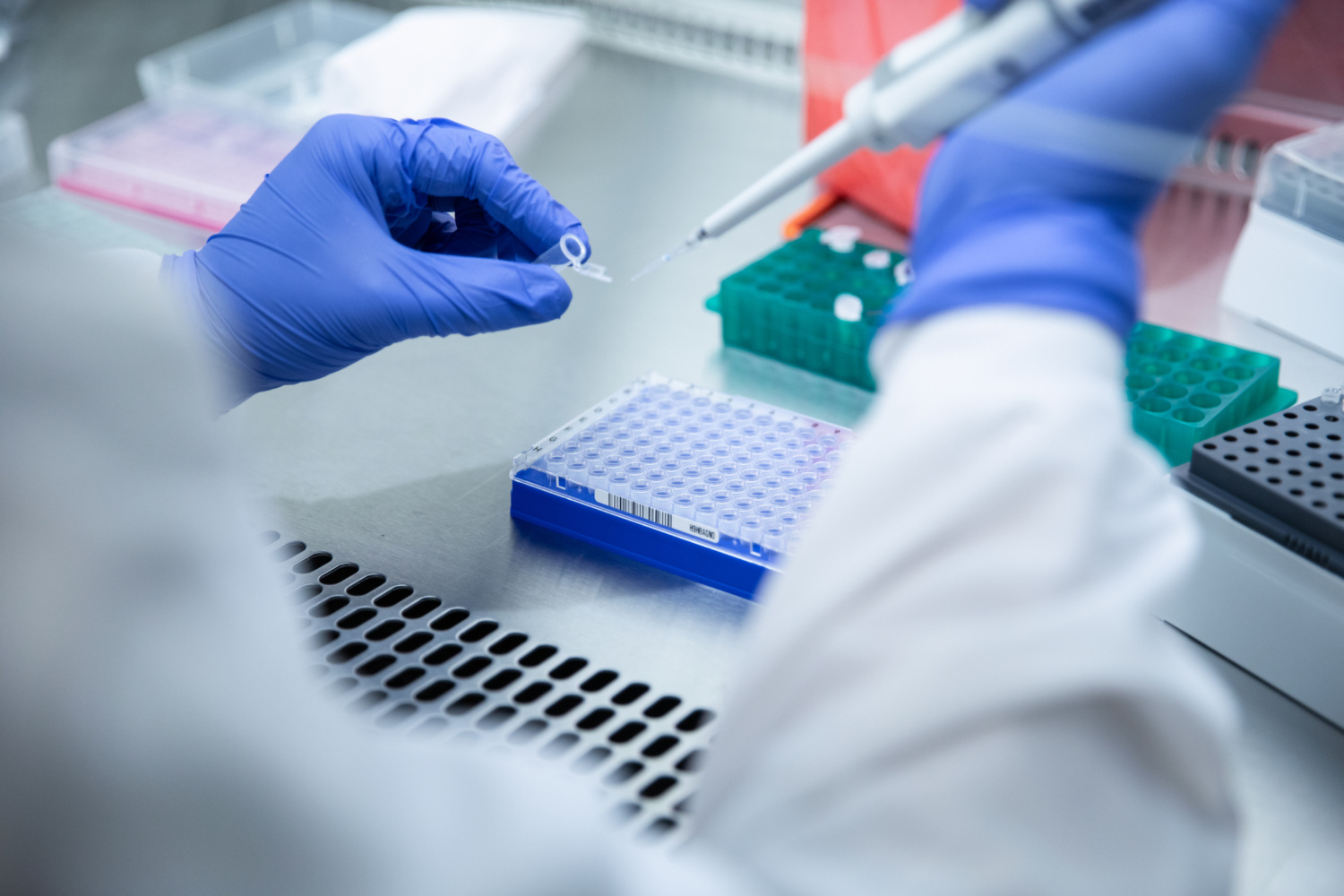Exploring RVCL-Mutated TREX1 Activities in the Nucleus of Cells

Exploring RVCL-Mutated TREX1 Activities in the Nucleus of Cells: Interplay with Nuclear Envelope (NE) Rupture, DNA Damage & Innate Immune Sensors
The pathology in RVCL is speculated to stem from dysregulation in DNA damage, innate immune activation or cellular senescence. TREX1 mutations in RVCL lead to the generation of a truncated form of TREX1 due to a frameshift (TREX1-fs). While wild-type (WT) TREX1 is normally located at the endoplasmic reticulum, TREX1-fs adopts a pan-cellular localization and is present in the nucleus. TREX1-fs retains DNAse activity, including in vivo, but it is unable to damage DNA in micronuclei. The potential contribution of DNA damage and innate immune activation in the primary nucleus during RVCL is unclear. Overall, the activities of TREX1-fs in the nucleus remain incompletely understood. Here we propose to investigate the nuclear pool of TREX1-fs in new contexts of DNA damage, senescence and innate immune activation.
It is known since its identification that, unlike WT TREX1, TREX1-fs is a pan-cellular protein at steady state. However, the impact of TREX1-fs on the nucleus is largely unknown. Recent findings prompt us to pay renewed attention to nuclear TREX1-fs: first, the finding that WT TREX1 mediates DNA damage in the nucleus after NE rupture, and second, the appreciation that cells contain a nuclear pool of cGAS. These recent findings constitute an opportunity to investigate TREX1-fs in yet unexplored contexts. They signify that RVCL could result in part from currently unappreciated effects of TREX1-fs in the nucleus.
By shifting the focus to the nuclear pool of TREX1-fs, our proposal provides an innovative concept. Furthermore, NE rupture can be induced by mechanical forces that are applied through microfabricated devices or through the use of specific modulators, which represent innovative and multi-disciplinary approaches. Finally, our expertise in nuclear cGAS and the wide range of tools that we have developed constitute innovations to study TREX1-fs.
 Dr. Nicolas Manel, Ph.D.
Dr. Nicolas Manel, Ph.D.
Director of Research
Institut Curie
Dr. Nicolas Manel Ph.D. is a virologist with an immunological focus with years of experience in dealing with insidious diseases, such as HIV, and how they stimulate different signaling pathways in various cell types. Recently, his lab has successfully studied how several viruses with envelope viral particles transmit the second messenger cGAMP to activate immune response in target cells and that dendritic cells protect themselves to cope with the infectious nature of viruses. His lab also revealed that innate immune sensors are active in cells of adaptive immunity and identified mechanisms that limit the intracellular immune response to self DNA. His lab investigates the regulation, function and application of innate immunity with the goal to discover the molecular mechanisms that enable the immune system to distinguish self from non-self inside cells. They study HIV, other viruses and auto-immunity and development of the immune system, now applying their expertise to RVCL research.
